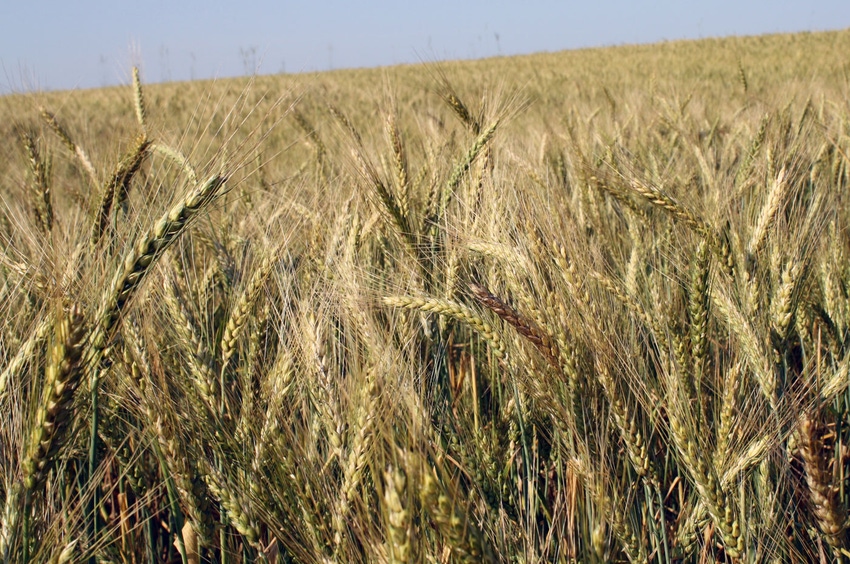November 12, 2020

Three new wheat varieties released this year by the University of Georgia College of Agricultural and Environmental Sciences’ wheat breeding program are the product of more than a dozen years of work by breeders on the UGA Griffin campus.
When it comes to cultivating new varieties of wheat, patience is key, as it takes an average of 10 to 14 years to breed a new variety of the grain that has been around as long as mankind. Researchers put in many years of work to see the fruits of their labor, and this year Mohamed Mergoum, the Georgia Seed Development-UGA Foundation Professor in Wheat Breeding and Genetics at the Institute of Plant Breeding, Genetics and Genomics, and his research team are seeing the results of work begun in 2005 by wheat breeder and Professor Emeritus Jerry Johnson.
The three varieties being released this year — known as '17E8', '17E11' and '17LE16' — are all soft, red winter wheat and will be used to make flour for crackers and cookies. To determine what each wheat variety is best used for, researchers test the flour by making baked goods such as cookies or bread during the breeding process. This also allows for the product to be better marketed to both the farmers who grow the wheat and the milling and baking companies that purchase it.
All three new varieties released this year have been licensed — '17E8' to Harvey’s Fertilizer and Gas via JoMar, '17E11' to Ag. South Genetics, and '17LE16' to Progeny (Erwin-Keith) companies. These companies will commercialize the wheat varieties and pay royalties to UGA for each bushel sold. Once these new cultivars of wheat reach the consumer, they will have a lifespan of roughly three to five years. After that period, new disease resistance is often required or farmers seek new varieties to grow.
While all three new UGA wheat cultivars are high yielding and well adapted to Georgia and the Southeast, each cultivar has unique traits:
'17E8', which will be marketed by Harvey’s Fertilizer and Gas as 'AP 1983', has good resistance in Georgia and the Southeast to races of leaf rust and stripe rust and to powdery mildew and improved resistance to Fusarium head blight (scab) disease. It also has medium resistance to wheat soilborne mosaic virus.
'17E11', which will be marketed by Ag. South Genetics as 'AGS 2021', has good resistance to races of leaf rust and stripe rust and powdery mildew, and slightly improved resistance to Fusarium head blight (scab) disease. It is also resistant to barley yellow dwarf virus and wheat soilborne mosaic viruses.
'17LE16', which will be marketed by Progeny (Erwin-Keith) as 'PGX 20-15', has good resistance to races of leaf rust and stripe rust and to powdery mildew, and much improved resistance to Fusarium head blight (scab) disease.
Source: University of Georgia, which is solely responsible for the information provided and is wholly owned by the source. Informa Business Media and all its subsidiaries are not responsible for any of the content contained in this information asset.
You May Also Like




